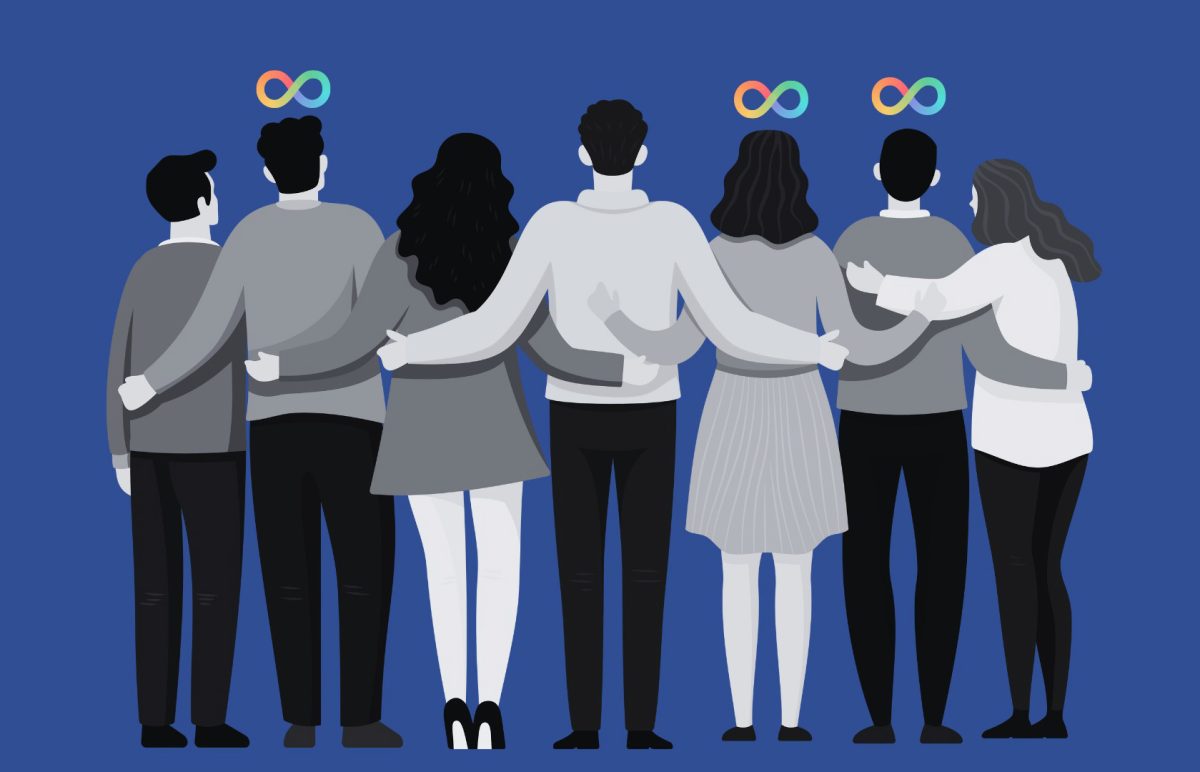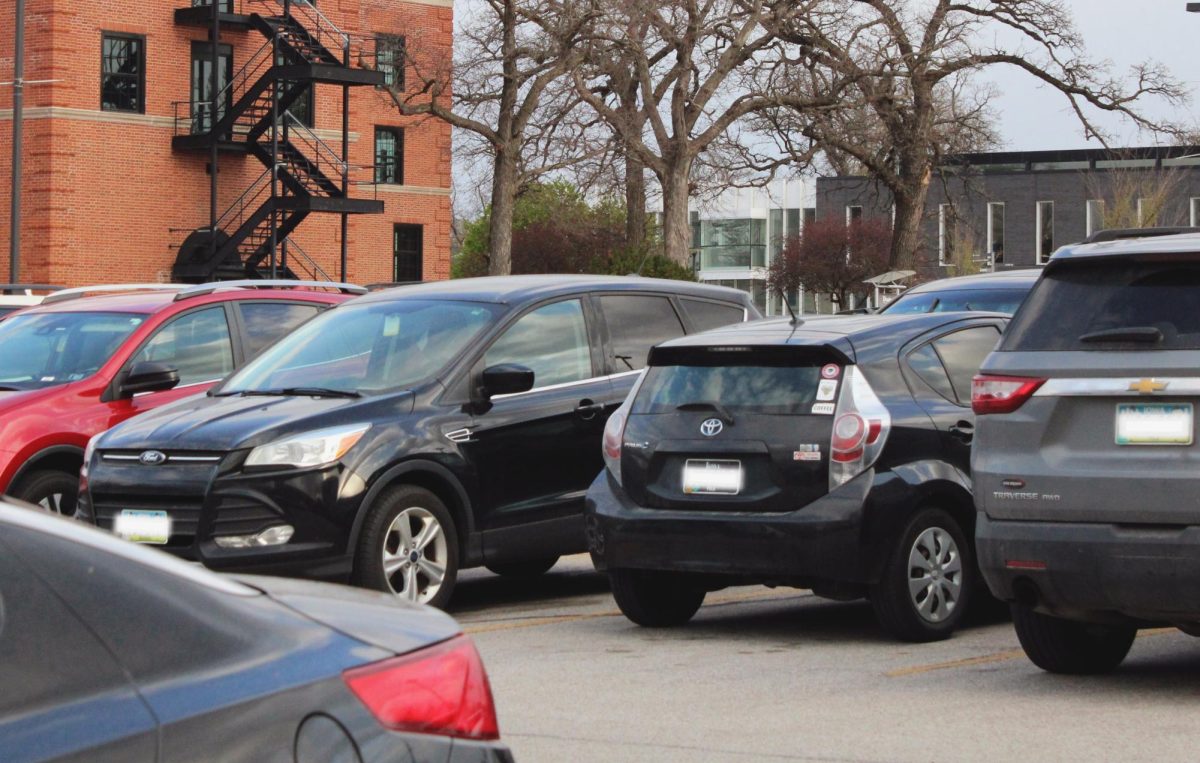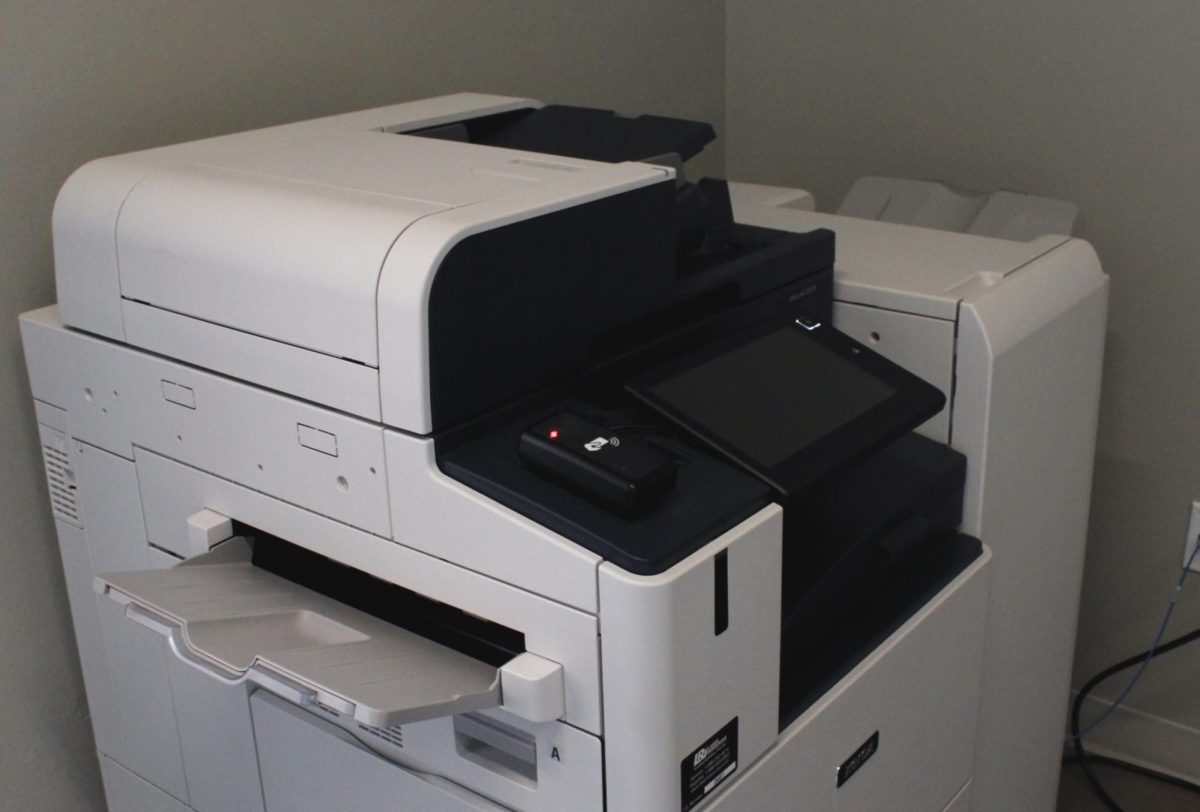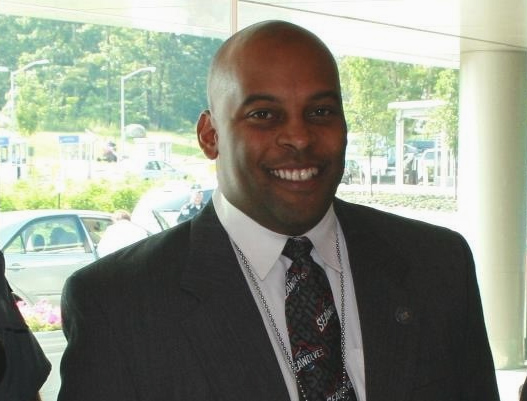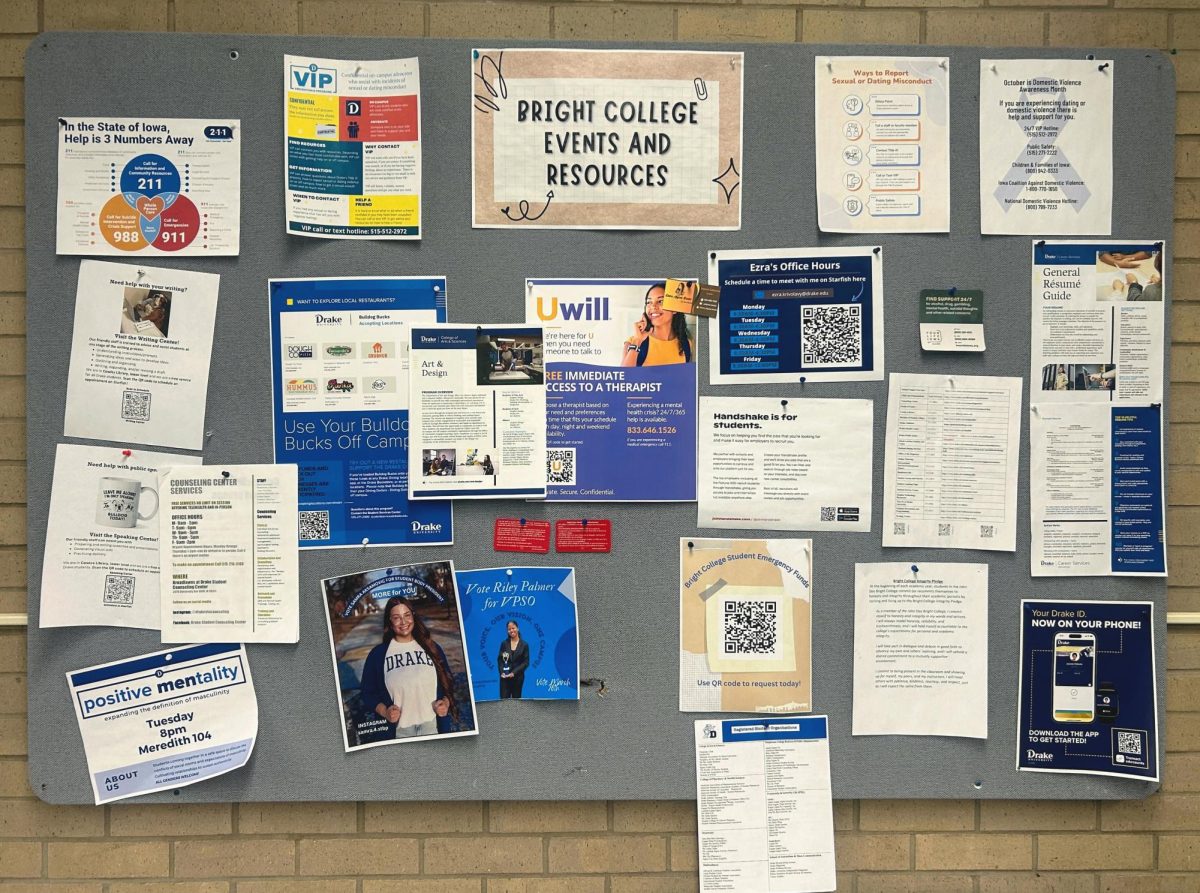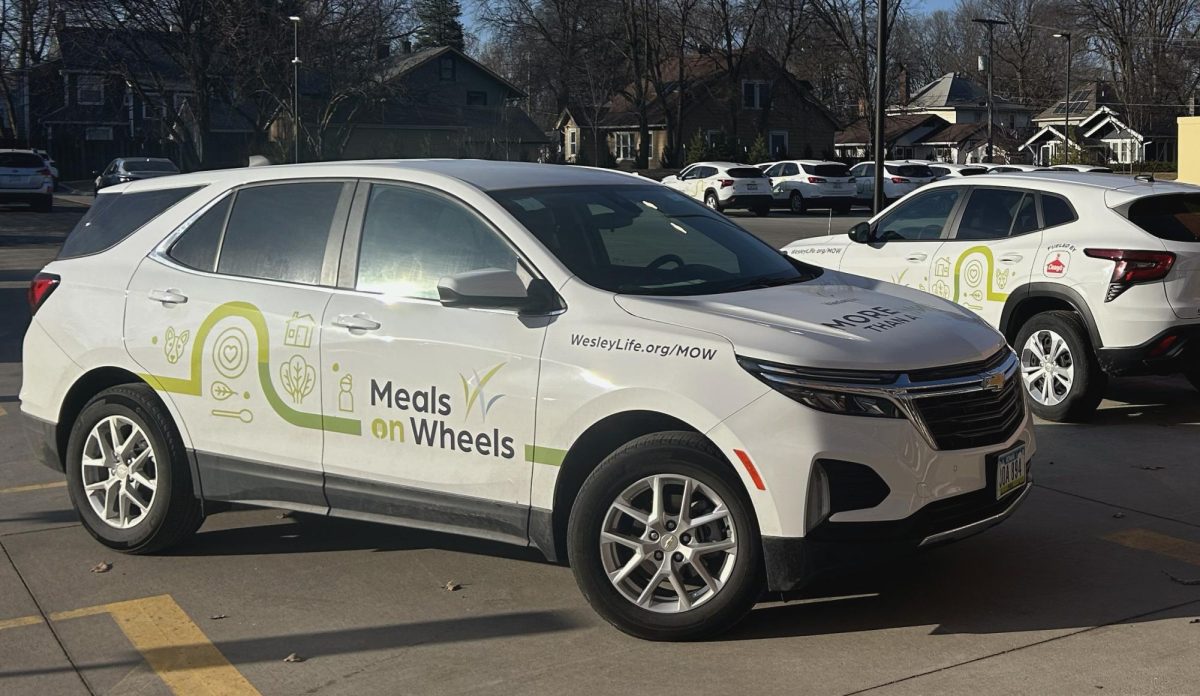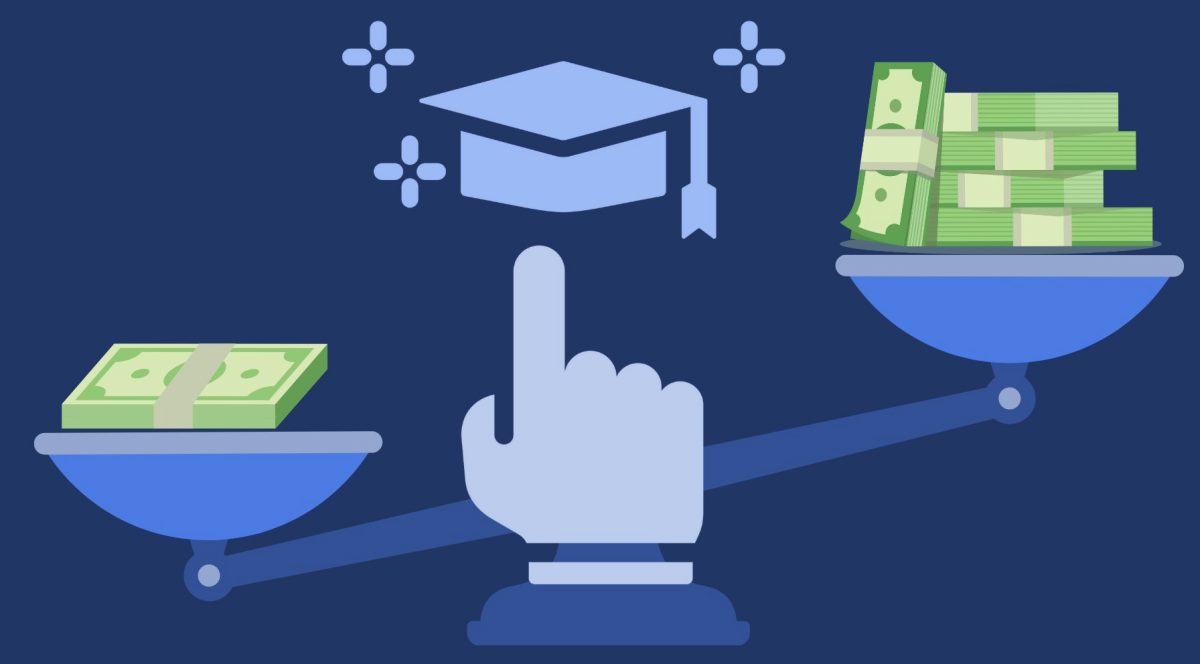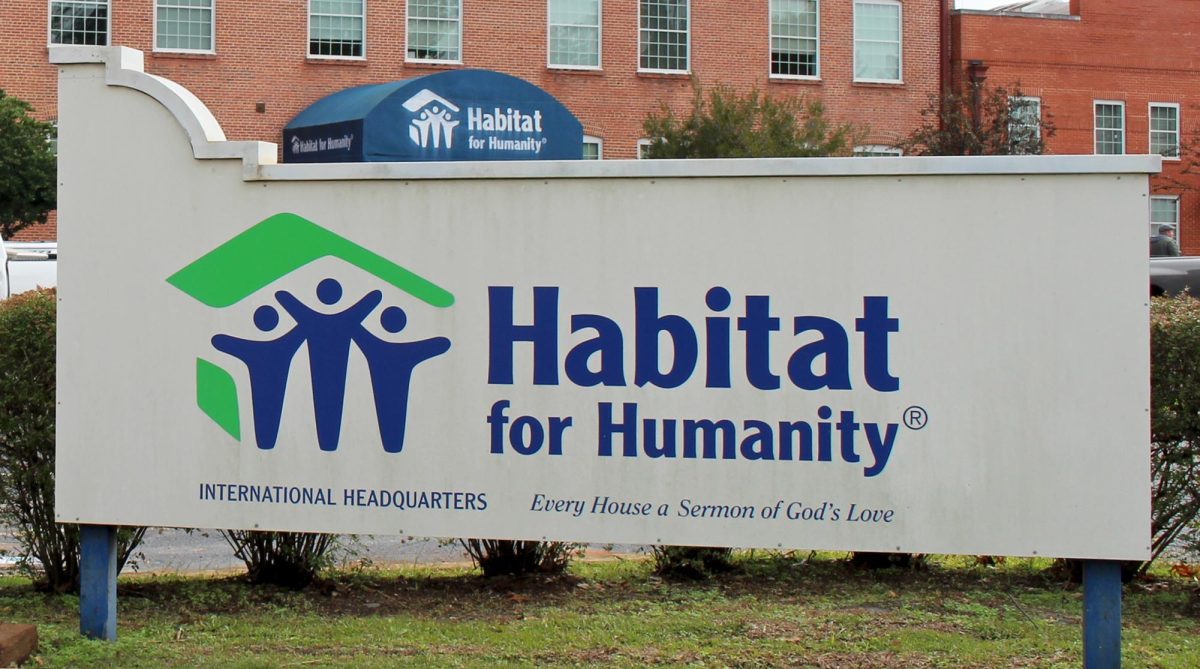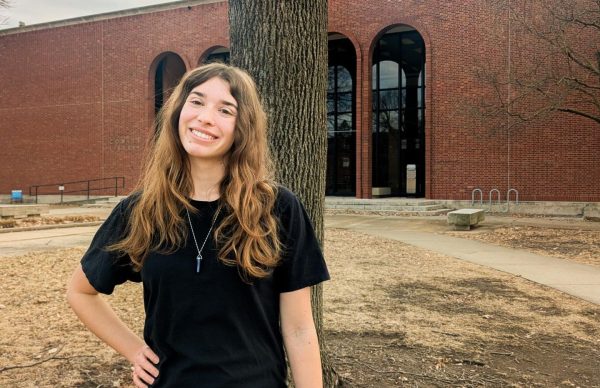April isn’t just the month of spring rain showers and Drake Relays. It is also Autism Acceptance Month. This decades-old tradition, typically known as Autism Awareness Month, is now called Autism Acceptance Month by some in the autistic community to encourage inclusion. Given that many students at Drake University are on the autism spectrum, diagnosed or not, Autism Acceptance Month provides an opportunity for autistic and neurotypical students alike to learn about autism and how Drake can help those on the spectrum thrive.
Navigating social situations and finding a sense of community and belonging can be challenging for students on the autism spectrum. Struggling to read social cues, communicating differently than their neurotypical peers and feeling the need — real or perceived — to mask their autistic traits are just a few of the struggles that an autistic person may experience in daily life.
Zach Melahoures, a senior majoring in biochemistry cell and molecular biology, said that his social experiences as an autistic student have varied greatly during his time at Drake.
“I’ve never really seen any issue with any sort of discrimination,” Melahoures said. “In hindsight, I would definitely say that people were very welcome as long as you were able to socially thrive in that environment.”
Despite this, Melahoures said, social interactions can still be challenging for autistic students, even on a welcoming campus. Melahoures has found having the right group to hang out helpful.
“It tends to be very difficult for us [autistic people] to explain how to talk with people, just because we have issues with perception,” Melahoures said. “When I first started out [at Drake], I participated in a medical fraternity called Phi Delta Epsilon, and it was a blessing. Honestly, it really allowed me to socially thrive on campus, and really taught me how to work with people.”
The autism spectrum is extremely diverse, and every person on it has their own set of support needs. College can be challenging for students on the spectrum both academically and socially.
Michelle Laughlin has spent years helping autistic students thrive in academic settings as the director of Access and Success at Drake. In her role, Laughlin does everything from arranging academic accommodations to getting students set with the Counseling Center and helping them navigate college. She also works as a liaison between students and professors.
“Sometimes it is just that communication piece between my office and the professors that students really need,” Laughlin said.
Laughlin enjoys working with autistic students and recognizes the uniqueness of every student she interacts with. She set up her office as a friendly space where autistic students can be themselves and talk extensively about their interests.
“I love to see the growth in students. I could talk forever about students on the spectrum,” Laughlin said.
Laughlin is well aware of the fact that students on the spectrum struggle to fit in at times, and she encourages them to keep reaching out to support systems like Access and Success and the Disability Coalition and to not give up on finding community.
“I would love them to know that they’re wanted and they’re needed and that they do belong,” Laughlin said. “So as much as we say, for a student who’s not on the spectrum to be outside their comfort zone, I would say the same thing to a student with autism. Get outside your comfort zone just a little bit, and you’ll be amazed at what you find.”
Shannon Hilscher has worked as an instructional designer at Drake since 2017 and recently published a book titled “Living Authentically Through Color: For Autistic Women+ (And Other Curious Minds).”
Hilscher was diagnosed with autism later in life, a common experience among autistic women, as they are less likely to be diagnosed during childhood compared to their male counterparts. She found community through online groups, where she met other women like her and benefited greatly from learning about others’ shared experiences.
“I got my diagnosis at 54 and, for the first time, I feel like I don’t have to apologize or question how my brain works, and instead, I’m just gonna be myself, my authentic self,” Hilscher said.
Hilscher’s book is about the role of color in the lives of autistic women, as color is an important part of the sensory experiences of people on the spectrum. The book is meant to encourage autistic women to embrace their true colors.
As an instructional designer, Hilscher works closely with Access and Success and other student support systems to help make sure students get what they need. She says she is impressed by how the students advocate for themselves.
“I’ve gone to some events at Harkin Institute where students have shared their experiences, and that was really enlightening,” Hilscher said.
In honor of Autism Acceptance Month, Hilscher hopes to host an event where the autistic community at Drake can meet up and interact with each other. According to Hilscher, that community is one of the most important pieces of belonging, a sentiment Laughlin shares.
“For other Bulldogs, be aware that there are differences in all of us and take a chance, reach out, encourage, be a friend, be a bulldog, a fellow Bulldog, because we all have that in common,” Laughlin said. “Sometimes it just takes that one first step for someone to say, ‘Hey, want to hang out?’ and to realize that, yes, you can find that you can find some friends.”
Melahoures wants his fellow Bulldogs to know that autistic people just want to be treated with the same respect as anyone else.
“We’re like any other person,” Melahoures said. “We just have a slightly rewired brain, and we’re capable of the same things. It just takes us longer to do so, and so I do think just give us a chance, but we also generally have good hearts, because if we know that we’re in the wrong, we generally know to make it in the right.”

